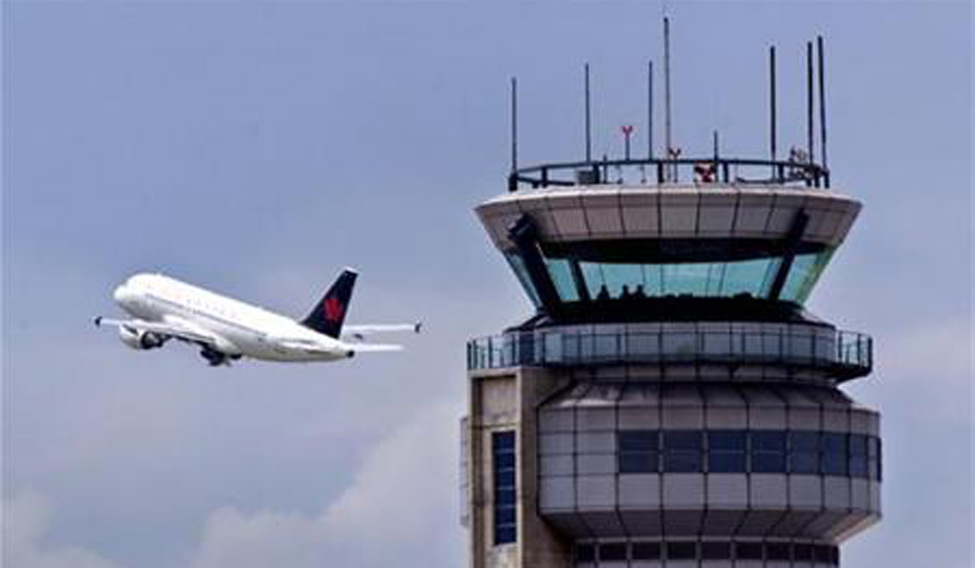8.2 Air Traffic Control Entities
Believe it or not, the sky above our head are packed with people and airplanes. There is an invisible highway jetting passengers and cargo all over the globe. on average, there are "between 7782 and 8755 commercial aircraft in flight"(Travel and leisure) at any given time throughout the day. That does not take into account the thousands of cargo, private or military aircraft in the air. It is a monumental task to organise all of these airplanes and make sure they do not crash into one another at any given time. There are multiple layers of air traffic control that take care of this delicate dance and I will be talking about two of these entities, that being the air traffic control tower and the flight service station or FSS.

The control tower is the iconic tower that looms over most large airports. Control towers manage traffic roughly 30 miles in and around the airport. They are responsible for all departing and landing aircraft, along with all taxiing aircraft. Control towers maintain aircraft separation by visually and radar, they do this is order to avoid collisions and or congestion. The flight service station on the other hand has an entirely different role. "Flight Service communicates directly with pilots for pilot briefings, flight plans, inflight advisory services, search and rescue initiation, aircraft emergencies, and Notices to Airmen (NOTAMs)(FAA.gov)". The FSS is there to help aviators with any question, make a pop up IFR request or ask about any adverse weather they might experience during the flight.
Refrerences
https://www.travelandleisure.com/airlines-airports/number-of-planes-in-air
https://www.faa.gov/about/office_org/headquarters_offices/ato/service_units/systemops/fs

Comments
Post a Comment